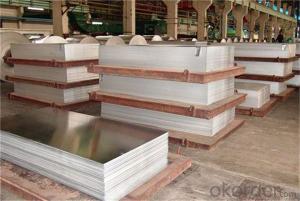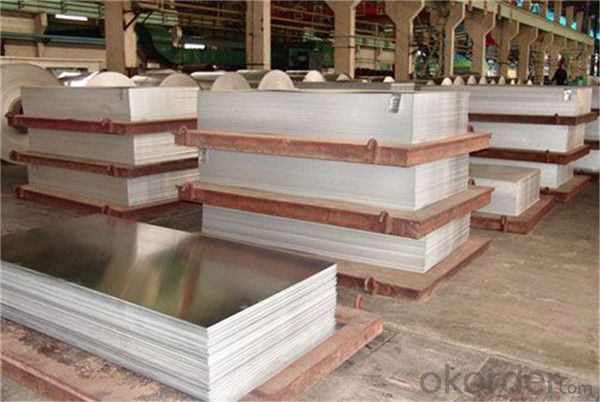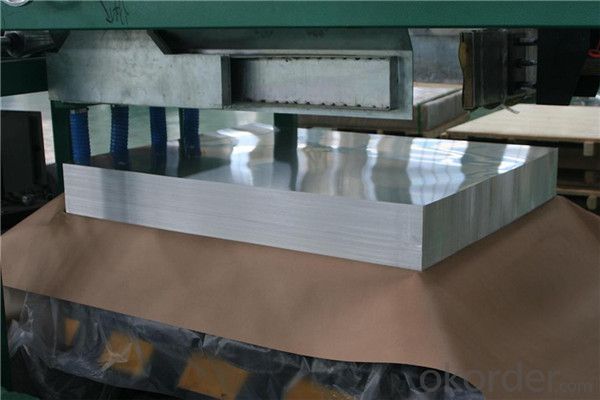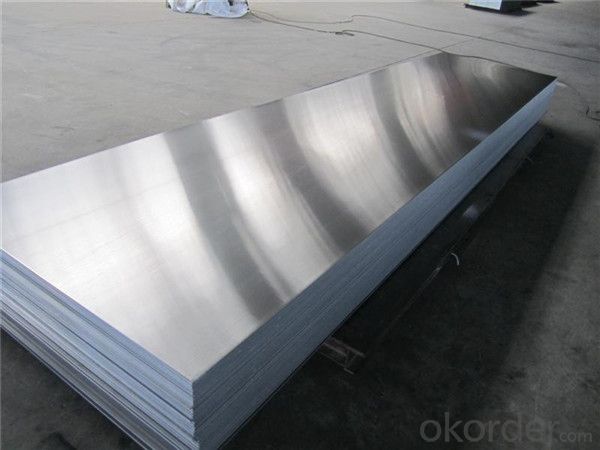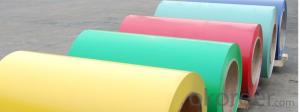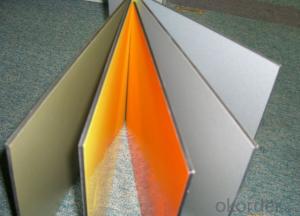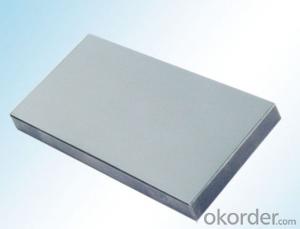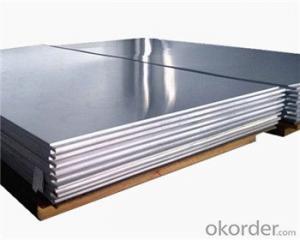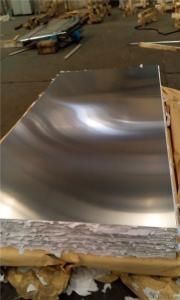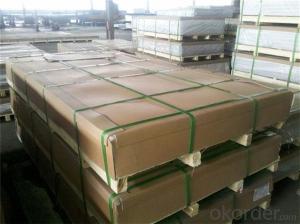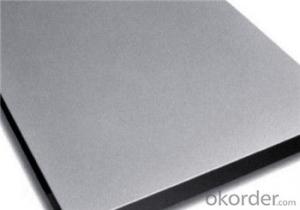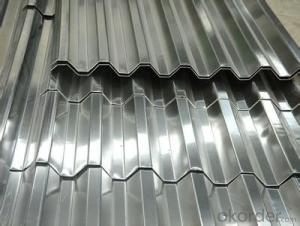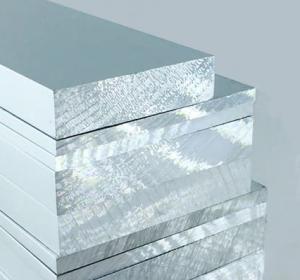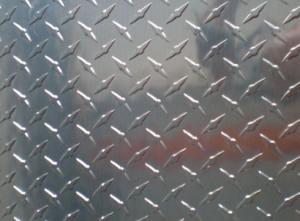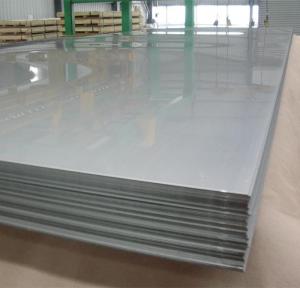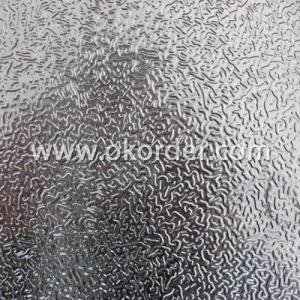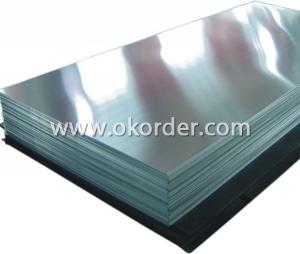High Quality Aluminum Roof Sheets - 5052 H32 Aluminum Sheet with High Sales Volume
- Loading Port:
- Shanghai
- Payment Terms:
- TT OR LC
- Min Order Qty:
- 5 m.t.
- Supply Capability:
- 15000 m.t./month
OKorder Service Pledge
OKorder Financial Service
You Might Also Like
Packaging & Delivery
Packaging Details: | wooden cases is suitable for long distance exporting. |
Delivery Detail: | 30-45 days after receiving L/C or payment in advance |
Decorative Coil/Plate | |
Alloy: | 1100/8011/3003 |
Temper: | H16/H18/H26 |
Thickness: | 0.10mm~0.50mm |
Width: | 1000mm--1300mm |
Tensile Strength: | 155~230Mpa |
Elongation: | ≥2.0% |
T Bend: | within 2T |
PS Board Base | ||
Alloy: | 1060 | |
Temper: | H18 | |
Thickness: | 0.14mm~0.27mm | |
Width: | 300--1250mm | |
Tensile Strength: | ≥140Mpa | |
Elongation: | ≥2.0% | |
Circuit/Lighting sheet | ||
Alloy: | 1060/1100/8011/1050 | |
Temper: | H16/H18 | |
Thickness: | 0.14mm~0.50mm | |
Width: | 300--1250mm | |
Tensile Strength: | 165~195Mpa | |
Elongation: | ||
5052 sheet is a non-heat treatable alloy that is weldable. It is hardened by cold work. It has good forming characteristics and good corrosion resistance, including resistance to salt water. Commonly used in the manufacture of hydraulic tubes, kitchen cabinets, small boats, home freezers, milk crates, aircraft tube, fencing, and appliances. Commonly used in sheet metal work and in sheet metal parts.
Photos
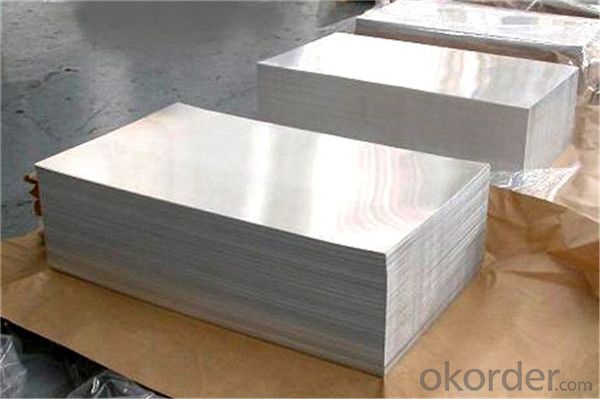
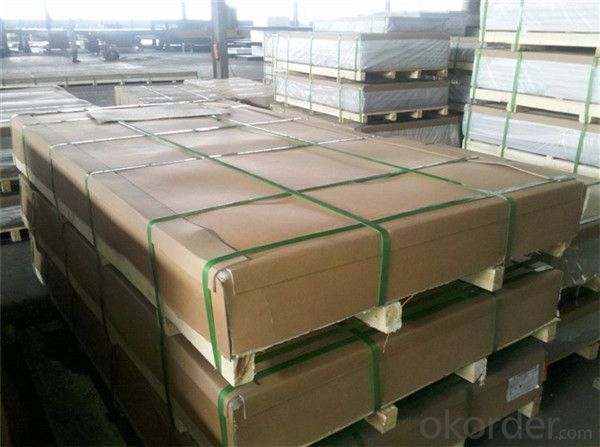
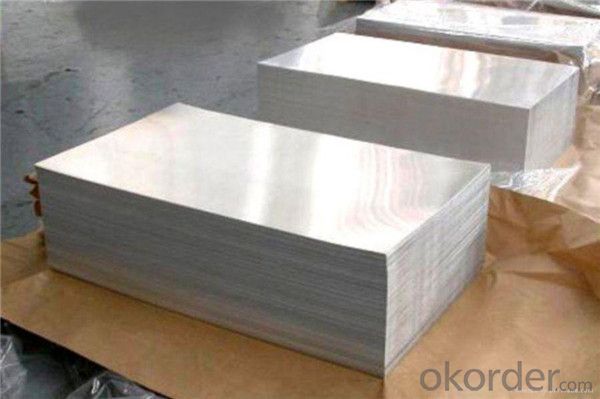
- Q: Can aluminum sheets be custom cut to specific dimensions?
- Certainly! Custom cutting aluminum sheets to specific dimensions is absolutely possible. Aluminum is a highly versatile material that lends itself easily to cutting and shaping using a wide array of tools and techniques. This remarkable adaptability enables precise customization to fulfill specific requirements and measurements. Whether for industrial, commercial, or residential purposes, aluminum sheets can be expertly cut to desired sizes, guaranteeing a flawless fit and optimal functionality. Furthermore, the ability to custom cut aluminum sheets allows for unparalleled design flexibility, resulting in the creation of distinctive and tailor-made solutions.
- Q: AND WAT R THE THECNOLOGICAL ANDCOSTS AND BENEFITESOF USING ALUMINUM? what health -related and environment-related issues gave surface as aresult of its widespread use in society?
- airplanes are made from aluminum. certain beverages are also. aluminum is cheaper and lighter. the biggest problem is the amount of electricity that it takes to make aluminum
- Q: What are the common sizes of aluminum sheet?
- The sizes of aluminum sheets commonly differ based on specific requirements and industry applications. However, the market offers some standard sizes that are readily available. These sizes typically vary in thickness from 0.025 inches to 0.125 inches and are offered in different widths and lengths. Among the common width options are 36 inches, 48 inches, and 60 inches, while the length can range from 96 inches to 144 inches. Furthermore, smaller sizes like 12 inches by 24 inches or 24 inches by 24 inches can also be found, which are frequently utilized for smaller projects or crafts. It should be noted that specialized aluminum sheet suppliers can provide custom sizes as well.
- Q: Other then pop cans, what else is aluminum that can be recycled?
- all of it.
- Q: What are the typical thicknesses of aluminum sheets?
- The specific application and industry requirements can cause variations in the typical thicknesses of aluminum sheets. Nevertheless, there are several standard thicknesses commonly used, including 0.025", 0.032", 0.040", 0.050", 0.063", 0.080", 0.090", 0.100", 0.125", and 0.190" inches. These thicknesses find application in diverse industries like construction, automotive, aerospace, and manufacturing. It is worth mentioning that aluminum sheets can be tailored to meet precise thickness specifications for specialized applications.
- Q: What is the classification of 6061106070 aluminum plate, which respectively represent what it means to ask God for help
- Three, the beginning of the aluminum manganese alloy, 3003, 3004, 3015 and so on, the use of a wide range, also known as rust aluminum. Four, the beginning of the four Department of aluminum is aluminum silicon alloy, on behalf of 4A01 five, the beginning of the aluminum magnesium alloy, there are 5052, 5083 and so on, the use of more than three series, the domestic manufacturers can do.
- Q: This question asks about the influence of aluminum sheets on the thermal insulation properties of a building.
- <p>Aluminum sheets, due to their high thermal conductivity, can actually reduce the insulation of a building if not properly used. They can conduct heat quickly, which means that they may transfer heat from the outside to the inside or vice versa, depending on the temperature difference. This can lead to increased energy consumption for heating or cooling. However, when used as a reflective barrier in combination with proper insulation materials, aluminum sheets can help reflect heat and improve insulation by reducing heat transfer. It's crucial to use aluminum sheets correctly and in conjunction with other insulating materials to achieve optimal thermal performance in buildings.</p>
- Q: Can aluminum sheets be used for automotive applications?
- Indeed, aluminum sheets find their utility in automotive applications. Being both lightweight and corrosion-resistant, aluminum proves to be an optimal choice for various automotive constituents. Car bodies, engine parts, wheels, and other structural components are commonly constructed using aluminum due to its desirable properties. Aluminum sheets possess an outstanding strength-to-weight ratio, thereby enhancing fuel efficiency and overall vehicle performance. Furthermore, aluminum exhibits commendable thermal conductivity, ensuring efficient heat dissipation in automotive scenarios. Consequently, the utilization of aluminum sheets in automotive production has gained substantial popularity owing to its numerous benefits.
- Q: Can aluminum sheets be used for aircraft manufacturing?
- Yes, aluminum sheets are commonly used in aircraft manufacturing due to their lightweight yet strong properties, making them ideal for constructing various components such as wings, fuselage, and structural parts. Aluminum's excellent corrosion resistance and high strength-to-weight ratio make it a preferred choice in the aerospace industry.
- Q: Are aluminum sheets suitable for aviation applications?
- Indeed, aviation applications can make effective use of aluminum sheets. The aviation industry extensively employs aluminum owing to its lightweight nature, impressive strength-to-weight ratio, and ability to resist corrosion. Aluminum finds applications in the manufacturing of aircraft, including critical components like the fuselage, wings, and structural elements. By utilizing aluminum sheets, the aircraft not only gain structural integrity but also experience reduced weight, thereby enhancing fuel efficiency and overall performance. Furthermore, the versatility of aluminum sheets allows for easy shaping and fabrication, making them highly adaptable for diverse aviation purposes.
Send your message to us
High Quality Aluminum Roof Sheets - 5052 H32 Aluminum Sheet with High Sales Volume
- Loading Port:
- Shanghai
- Payment Terms:
- TT OR LC
- Min Order Qty:
- 5 m.t.
- Supply Capability:
- 15000 m.t./month
OKorder Service Pledge
OKorder Financial Service
Similar products
Hot products
Hot Searches
Related keywords
